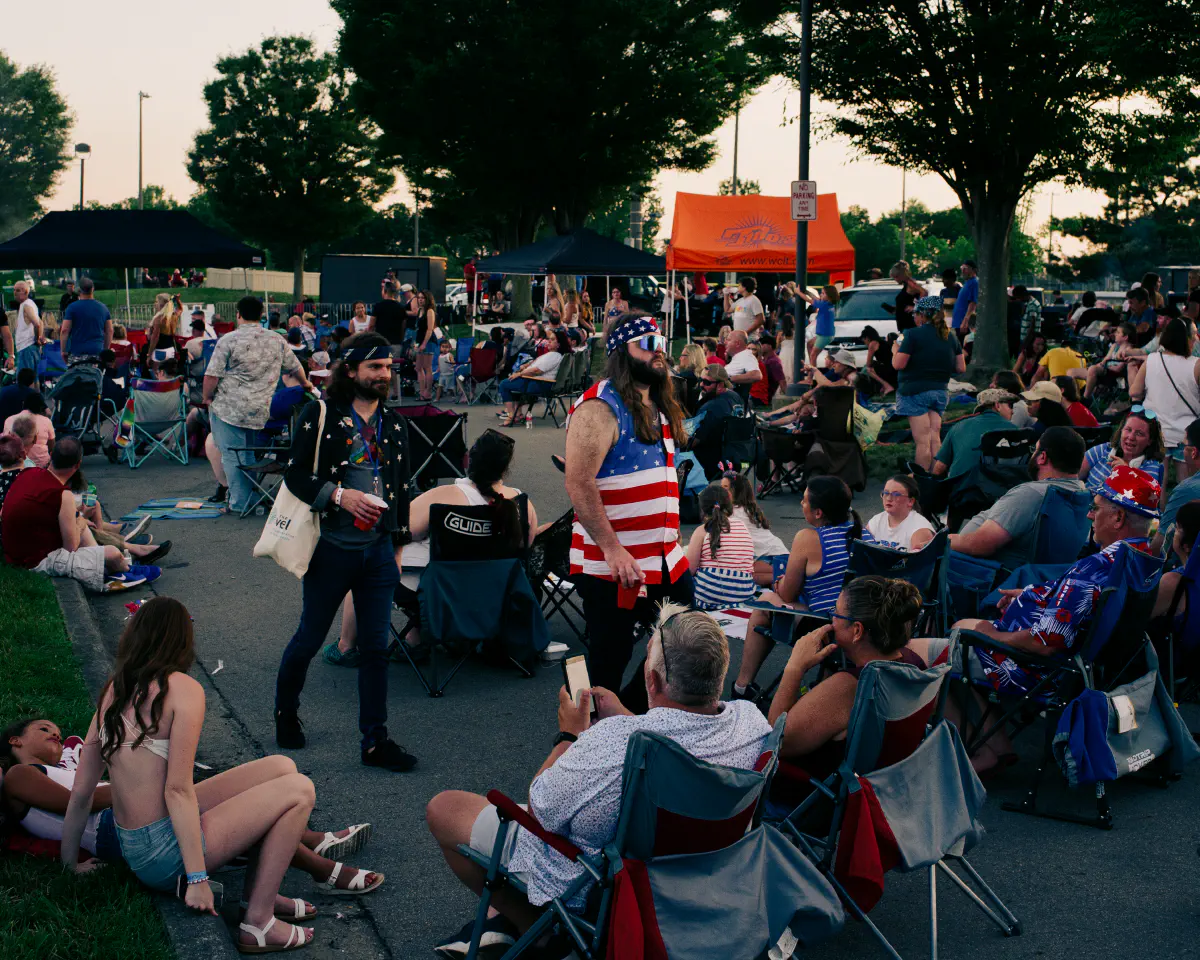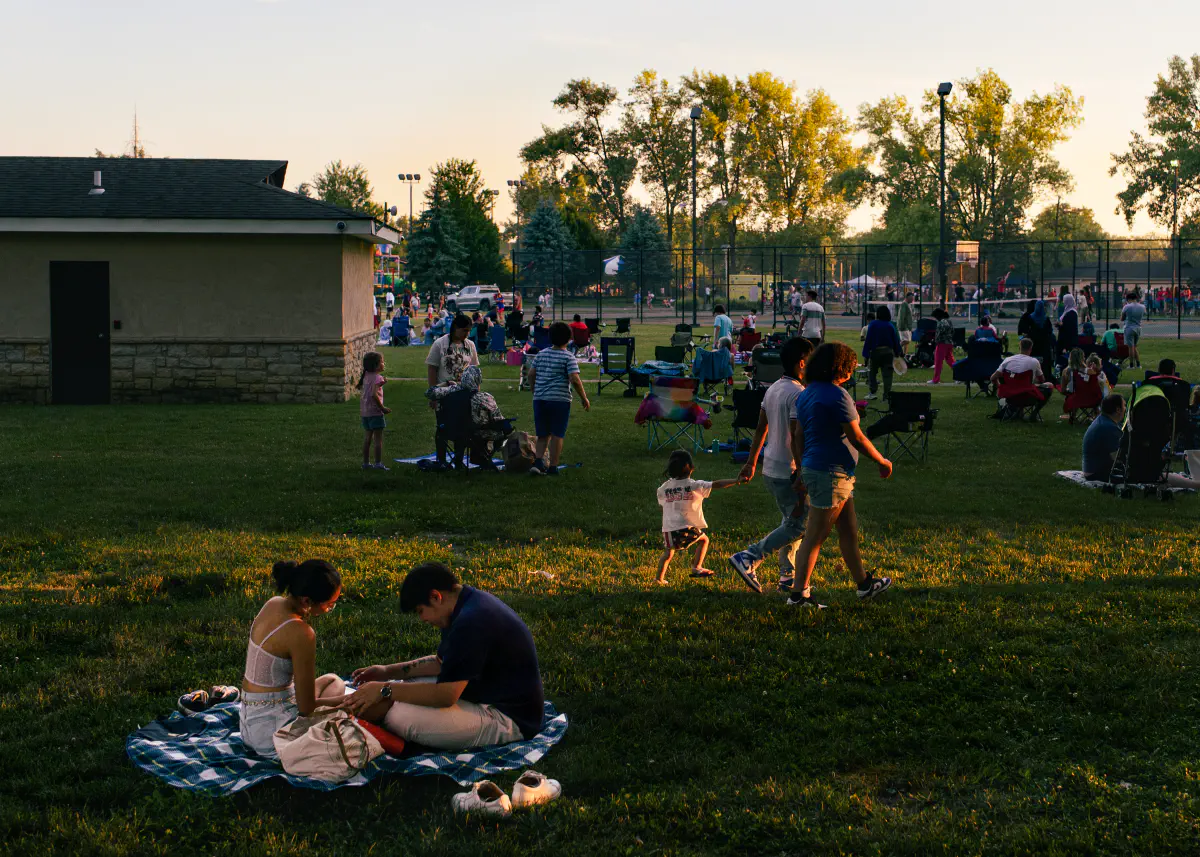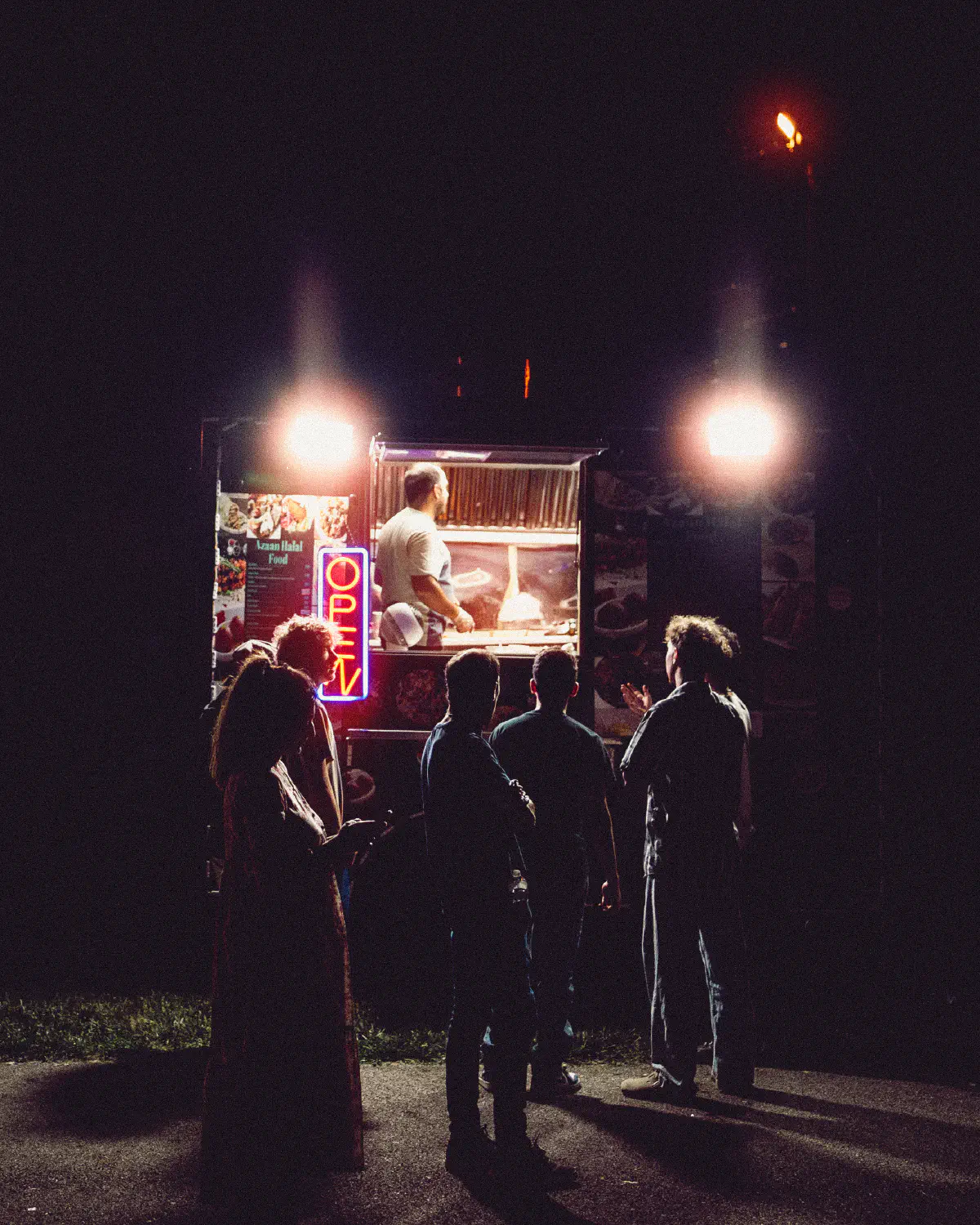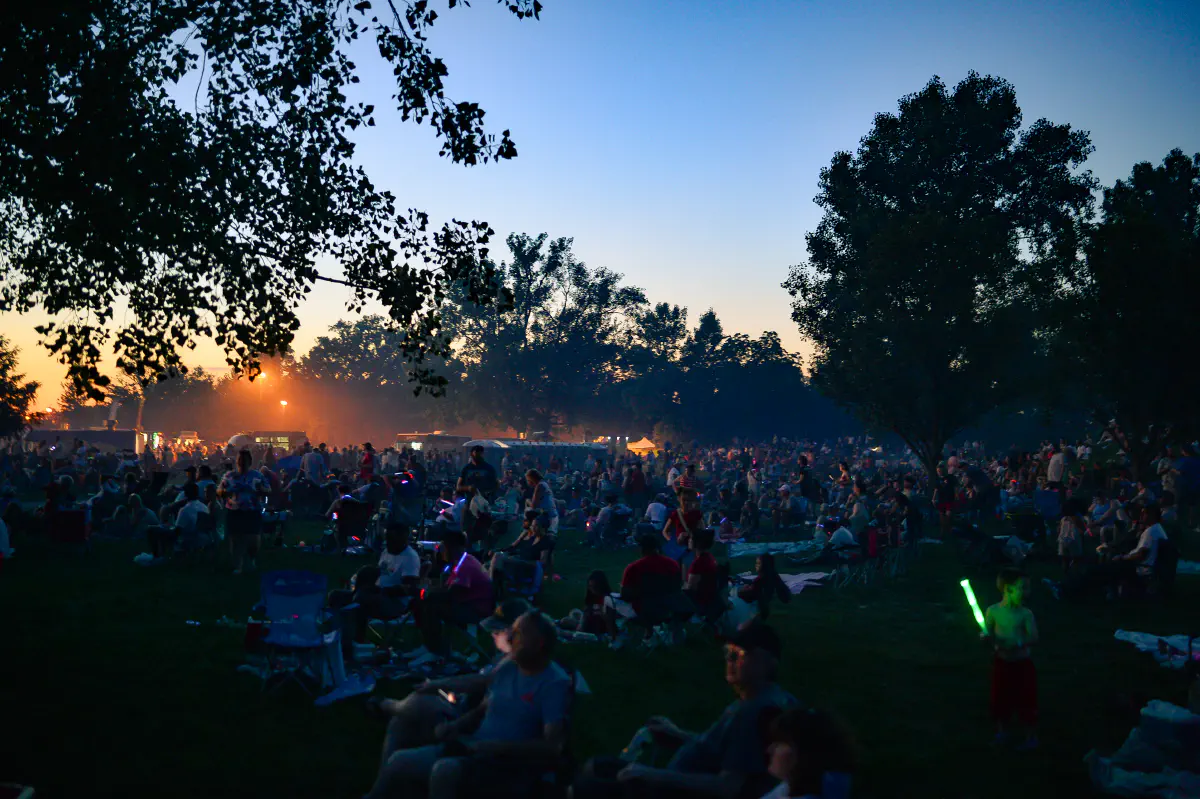Radiator Shop

David R.
You learn with your fingers. If you’re learning how to play the guitar, you can watch as many YouTube videos as you want. You’re not gonna learn the guitar. You have to put your fingers on the strings to actually learn the motions. There is a parallel in programming. If you don’t have your fingers in the sauce, you’re going to lose touch with it. I don’t want that because I enjoy it too much. This is not just about outcomes. This is crucial to understand. Programming for programmers that like to code is not just about the programs they get out of it. That may be the economic value. That’s not the only human value. The human value is just as much in the expression. When someone who sits down with the guitar and plays Stairway to Heaven – there’s a perfect recording of that which will last into eternity and you can just put it on Spotify and don’t have to actually do it – but the joy is to command the guitar yourself. The joy of the programmer is to type the code myself. — DHH on the Lex Fridman podcast
Sometimes I get so caught up in getting something done, whether it’s the dishes, the laundry, or a work project, that I forget that there’s actually joy found in the process of doing. When I focus on really enjoying the intricacies of the task, like a nicely folded t-shirt, it’s fun. When I focus on the outcome alone, the satisfaction drains away, and then it’s just about how quickly can I get this thing over with.
One of the temptations with ai is to outsource our work so we can just get it done faster, but in the act of giving away our tasks we can “feel the competence draining away from our fingertips” as DHH puts it.
When generative models first came out in 2022, I was fascinated that I could put in a few prompts and get a full written draft in mere moments. The downside of that style of working and writing is brain atrophy. It’s like sending someone else to do my workout at the gym – ‘just get it done’ – and they do, all while I was sitting on the couch watching TV. Except I don’t get any stronger for it, and I certainly won’t get the satisfaction from it that I get when I wrestle with a topic and come up with something on my own.
I went to school in the 2000s, and I wrote a lot of essays using only paper and pencil. It taught me how to organize my thoughts and wrestle with the correct way to express my ideas. For students today, it’s so easy now to find ways around the ai essay checkers and submit work that a bot did for them, but so much is lost in the outsourcing. They never learn what good writing actually is or find their voice. The bot spits out a draft and maybe they make a few tweaks to it, but it’s not their thoughts. I don’t care about the opinions of robots and LLMs. I want to read your thoughts.
Maybe ai can write better than I can (and it’s only getting better all the time). In the same vein, there are people who can take better photographs than I can and make better videos, too. But I like to do those things! And in doing things myself there is great satisfaction knowing I made it – even if someone or something else can do it better. My goal is to be changed by the experience and to get better in the act of doing, not just to ‘get it over with’. Process matters, too, and life is not only about outcomes.
Photos from Hilliard’s 2025 July 4 Freedom Fest.




